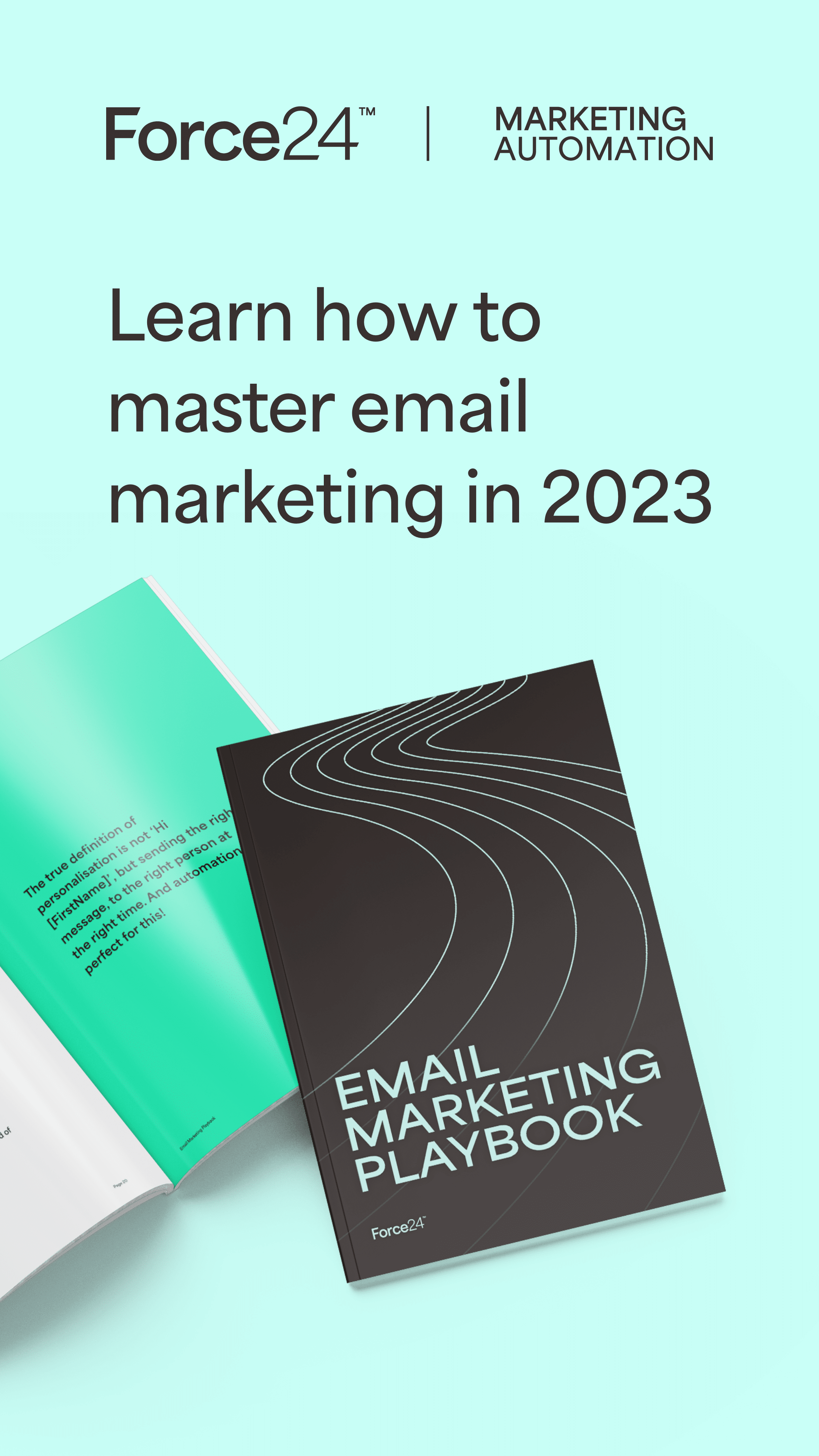SEO is an important part of a business marketing strategy. It has the potential to bring in a huge amount of organic traffic that can convert into new leads and sales.
However, as a beginner, implementing SEO can be overwhelming, and if done wrong, can ruin your chances of ranking high in the SERPs (Search Engine Results Pages).
This article will cover the common SEO mistakes that people make and how you can avoid or fix them, so you can start to boost the effectiveness of your site’s SEO.
SEO Mistake 1: Not Having an SEO Plan or Roadmap
Everyone has probably heard of the Benjamin Franklin quote, “If You Fail to Plan, You Are Planning to Fail”. Not having a solid SEO strategy in place often results in either no or less effective results.
A good way to think about it is like exercise. If you turn up to the gym and start randomly lifting weights, you will probably see some improvements initially, but it can be easy to plateau in the long run. Sticking to a well-thought-out exercise plan is more likely to get you the results you want eventually. SEO works in a very similar way
What to Include in an SEO Plan
- Conduct an SEO audit that benchmarks your site from a content and technical perspective. Part of this process should involve competitor research, so you can understand where you are in the market.
- What is your starting point? Are there technical changes that need to be made? Perhaps new pages will need to be created.
- What is your goal? Having a clear target will determine what tasks must be done to accomplish it.
- Does your plan implement gradual and continuous work throughout the year?
- Part of your plan should include a keyword map. A document that assigns different keywords to different pages, to ensure maximum keyword coverage and no cannibalisation.
SEO Mistake 2: Not Matching Search Intent
When people start doing SEO work and targeting keywords, it can be easy to get sucked into searching for hours, trying to find keywords that you want to rank for, with a high search volume, but with low competition.
Instead, a mindset of “why are my ideal customers searching for this?” can help to steer you in the direction of creating relevant content.
Providing the Right Content, in the Right Way
Being skilled at content-based SEO work means you are matching a user’s search intent, and providing relevant content. Depending on the search intent, the content that needs to be delivered will have to be in the appropriate format.
For example, someone searching for “how to bake a cake” doesn’t want to be sold cake tools, they are looking for information. To match this intent, the ideal format of the content would be in the form of a recipe or guide.
Types of Content
Informational
Content that educates and informs your target audience, and that is relevant to the search terms they’re using. At this early stage, people are looking to learn more about a product or service and usually aren’t ready to be sold to.
Using the cake example again, this content would be based on how to bake a cake, or tips and tricks you can incorporate into your baking.
Navigational
Content that appears in the “middle” of the customer journey. At this stage, customers may be comparing the available options for a product or service. Content at this stage should aim to inform someone about what the best choice to make is.
Back to our cake example, navigational content here may compare the best tools that can be used when making a cake. Again, this isn’t selling to them, but instead informing them in a more specific way.
Transactional
Transactional content is the point when your target audience is finally ready to be sold to. Here is often where you’d have a service or product page that explains why you’re the best option to pick. Keywords here will reflect the intent too, for example, rather than “what are the best cake decorating tools”, search terms are likely to be “cake decorating tools uk”, or “brand name cake decorating tools”.
SEO Mistake 3: Using Non-Original Content
When people first start writing SEO content, whether on purpose or accidentally, they can end up copying other pre-existing content. Publishing duplicate content can be seen as a spammy practice and can be heavily penalised by search engines.
Instead of trying to find the content you can post quickly, you should focus your time on creating strong and original content that provides relevant information.
Tips to Create Strong Content
- Look at what currently ranks on page 1 for your target searches and work out how you can improve on it.
- Make sure your headers include the keywords that match your audience’s search intent.
- Your content must clearly answer your audience’s questions.
- Including an FAQ section at the end of pages or blogs gives you a chance to directly address audience questions.
- If you are struggling to develop ideas for content, this content ideation guide is super useful.
SEO Mistake 4: Not Using Metadata Effectively
Metadata is a key SEO element and therefore has lots of SERP rank-boosting potential. Metadata helps to inform both Google and users about what the content on your page will be. Two of the most common and important cases of metadata are the Meta Title and Meta Description.
People who are inexperienced in SEO will often not use these correctly or will forget about them entirely. This is a waste of an essential SEO component and leaves a lot of SEO potential on the table.
Meta Title Tips
- Your Meta title should be no longer than 60 characters.
- Include your primary keyword in your meta title, this will create more relevance and help boost rankings
- Try to include a call to action or a unique feature
Meta Description Tips
- Your meta description should be no longer than 160 characters
- Include your keyword in your description
- The meta description is your chance to sell your page, be clear and concise in describing the content on your page.
How to Build a Strong SEO Foundation
Focusing your attention on strengthening your site from both a technical and content perspective will pay dividends in the long run.
Here is a list of elements that will help to strengthen your site’s SEO and authority:
- Incorporating logical heading structures that utilise keywords
- Providing a site navigation that is easy to use and makes sense.
- Offering high-quality content on every page that provides relevant information and is optimised for keywords.
- Making sure your website is indexing and that Googlebot isn’t disallowed.
- Optimising meta titles and descriptions for keywords.
- Utilising FAQs to answer relevant questions.
- Making sure that content isn’t keyword stuffed and reads naturally.
Conclusion: Avoiding SEO Mistakes
When you’re new to SEO practices, it can be easy to fall down the rabbit hole of SEO mistakes that will waste your time, and in some cases, negatively harm your SERP rankings. It’s important to remember that SEO is a long-term process, so spending time on creating a solid strategy to create a strong SEO foundation will be the most effective way to start boosting your site’s SEO potential.
All the way through your SEO process, be sure to relate it back to your target audience and their search intent. This way, you will always be focused on creating relevant content that answers real user questions and queries, and therefore start establishing yourself as a trustworthy expert.

